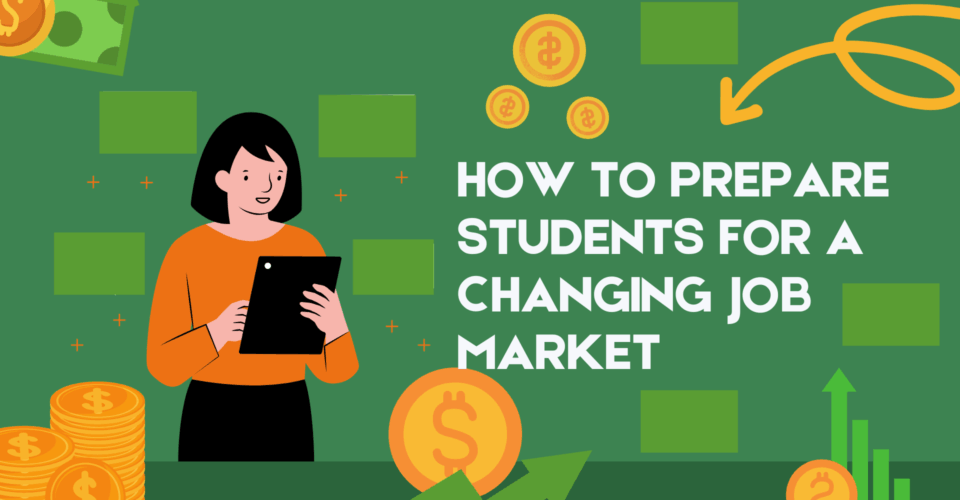American universities are facing a crisis of public confidence. One reason is that our graduates are entering the workforce unprepared for work, even as faculty fail to grasp this problem.
Students may have a mastery of facts but they lack the skills to apply their knowledge. This is neither the students’ fault, nor is it surprising.
Recent trends in the academic market are pushing faculty to teach more online, to graduate more students (and faster), to provide more objective performance data, to attend more to mental and emotional health—and of course to do all of the above at lower cost. And now we have AI disrupting everything to boot.
The result is faculty have lost quality classroom time. We have just enough time to ensure our students can learn the content, but not enough to learn how to apply it.
We assess content mastery using blunt and superficial instruments such as multiple-choice exams. Quality learning as the goal has been implicitly supplanted by test mastery. It’s quicker this way. Time is money.
But this approach serves our graduates poorly. They are entering arguably the most interconnected and competitive global economy in history.
Continuing the university status quo is a recipe for American decline. Yet there is another way: we can reconnect with classic ideas of quality learning.
Saving the classroom experience
You know instantly when you meet a graduate who has experienced quality learning. They can entertain a thought without necessarily endorsing it.
They can deconstruct a problem without losing sight of the big picture. They can embrace history as an imperfect but helpful guide for the future.
They can communicate concisely and persuasively—to multiple kinds of audiences. They know what it means to pursue a life well lived, and that this pursuit is a lifelong journey.
They can work well in teams or alone. They revise their position when shown data supporting an alternative view. They can embrace their heritage without fetishizing it. In short, they can discern.
Note that these skills are independent of content; they are transferable across topical domains. Using this lens, we can readily compare and contrast what we used to view as apples and oranges: engineering and history majors, for example.
These are the skills employers crave even more than the technical skills (if need be, employers can ensure their staff have the latest technical skills). We have known this for a long time.
But since the market pressures reducing faculty’s available time show no sign of abating, is there any hope for reconnecting with quality learning?
Yes: AI is here to save the classroom learning experience. And it’s about time.
Good news for teaching and learning
Students save time with AI when looking for content. If the internet gave students an instantly searchable encyclopedia, then AI gives students the ability to instantly write a summary of the encyclopedia.
Faculty save time lecturing and in office hours, if they ask students to learn the facts on their own using AI (which students will do anyway).
The burning question on campuses today is: What will faculty and students do with their newfound free time? We should ask faculty and students to demand more time for quality learning, such as described above.
For example, I teach courses on the human dimensions of climate change. With A.I., I no longer need to lecture on the dozens of economic activities that generate CO2 and other greenhouse gas emissions.
Even if I continued those lectures, students would tune out because AI is waiting in their dorms to help them respond knowledgeably enough—and quickly—on the facts in the multiple choice exams.
But what happens if I stop (or reduce substantially) the content lectures and ask the students to assemble and query the facts on their own? In that case, I’m free to use the time saved to cultivate students’ transferable skills in the classroom.
I can challenge them to prove that they know which greenhouse gases come from which activities; to ask me or their fellow students for help with the concept of global warming potentials; and to critique the received wisdom from AI for each search’s source quality.
This should not be a hard sell to faculty. This kind of teaching and learning is why many faculty chose the academic life in the first place.
Nothing is satisfying in administering multiple-choice exams. Those instruments destroy the beauty, nuance and mystery of our content and knowledge.
By contrast, active debates on how the world works, why and how we know these things, are what motivate faculty to come to work every day—to relive that inspiration from when we were students. So we succeed when we offer that opportunity to today’s students.
AI is good news for teaching and learning. Among the amazing things it will do for teachers and learners is to create the chance for more quality classroom time.
It’s about time. Let’s not waste it.



